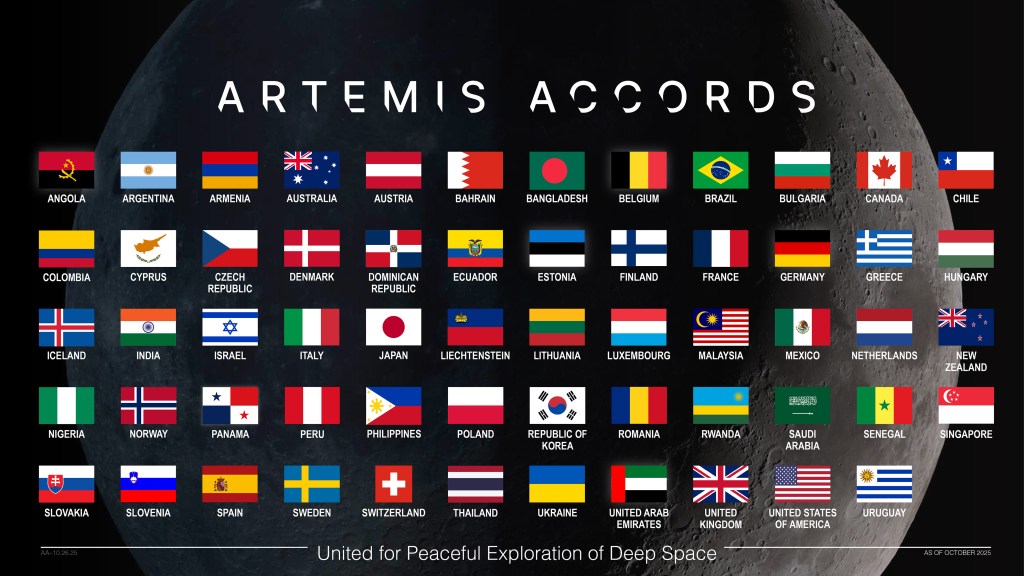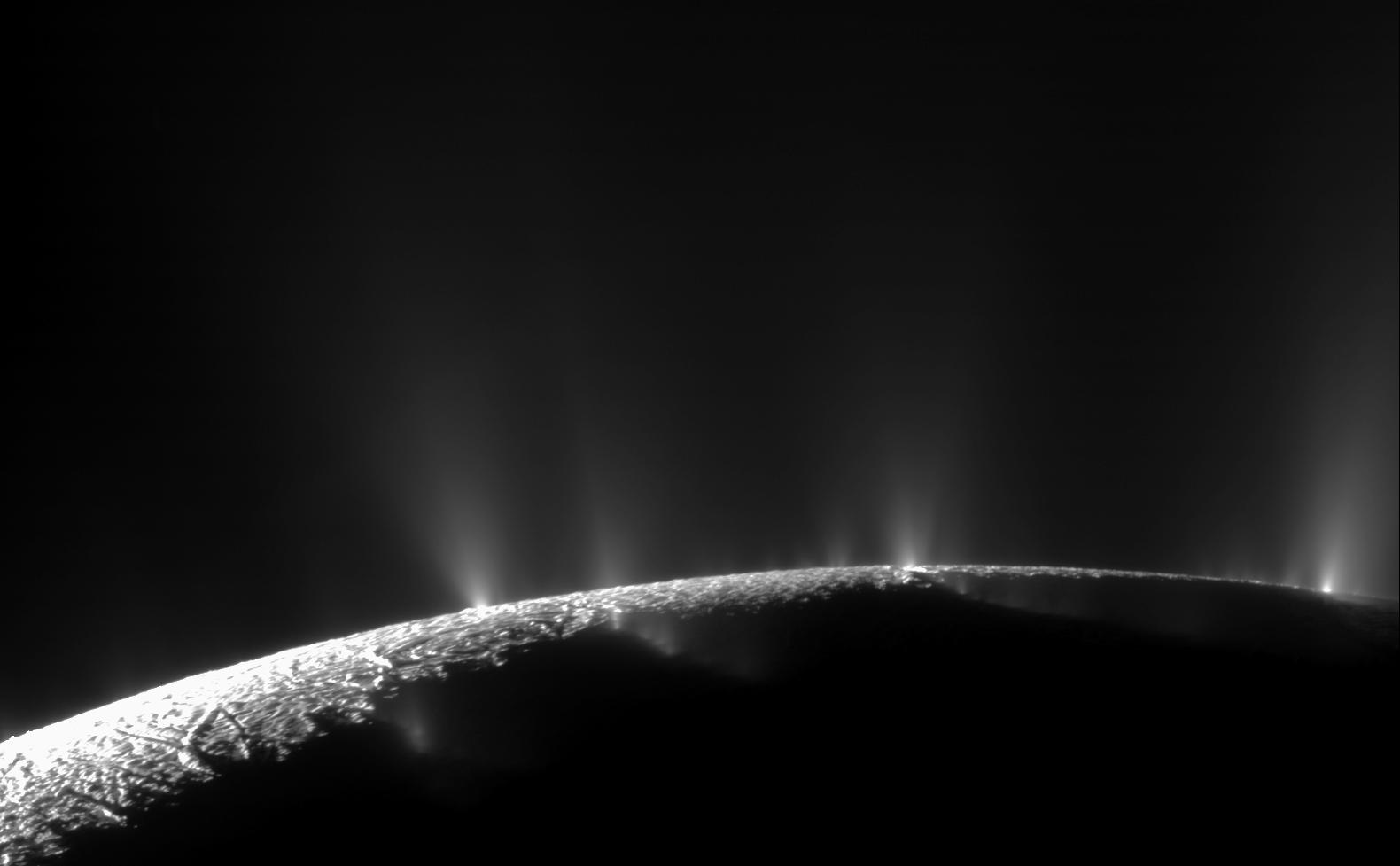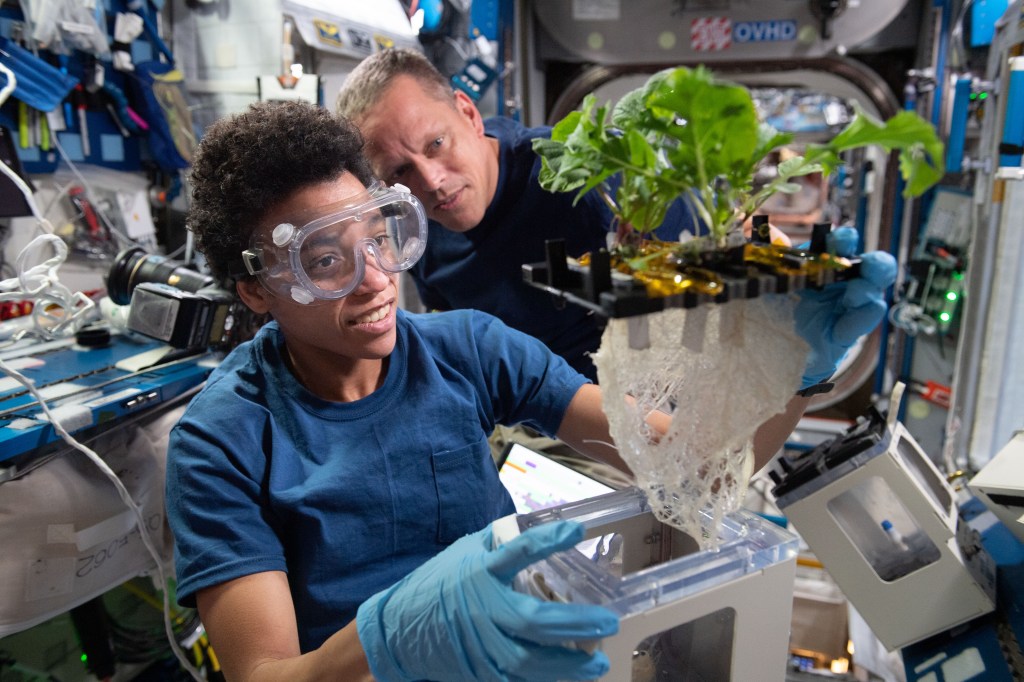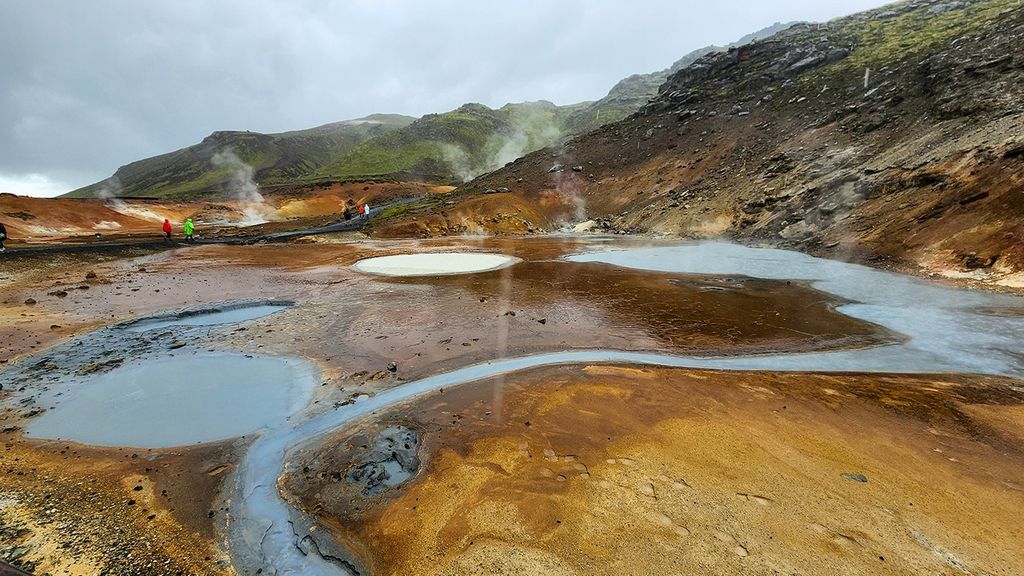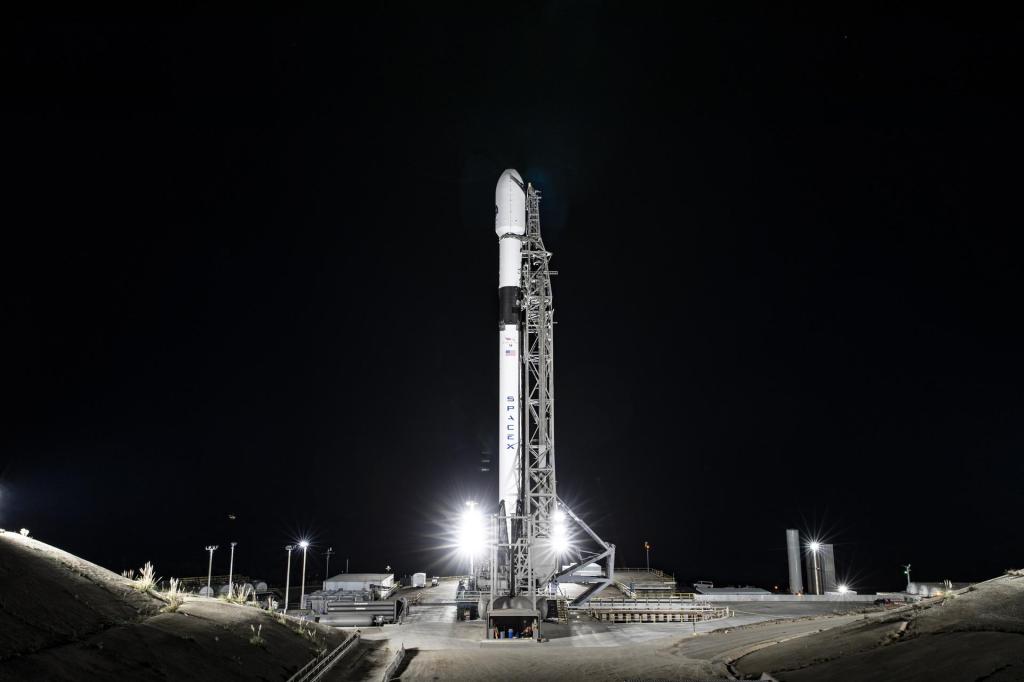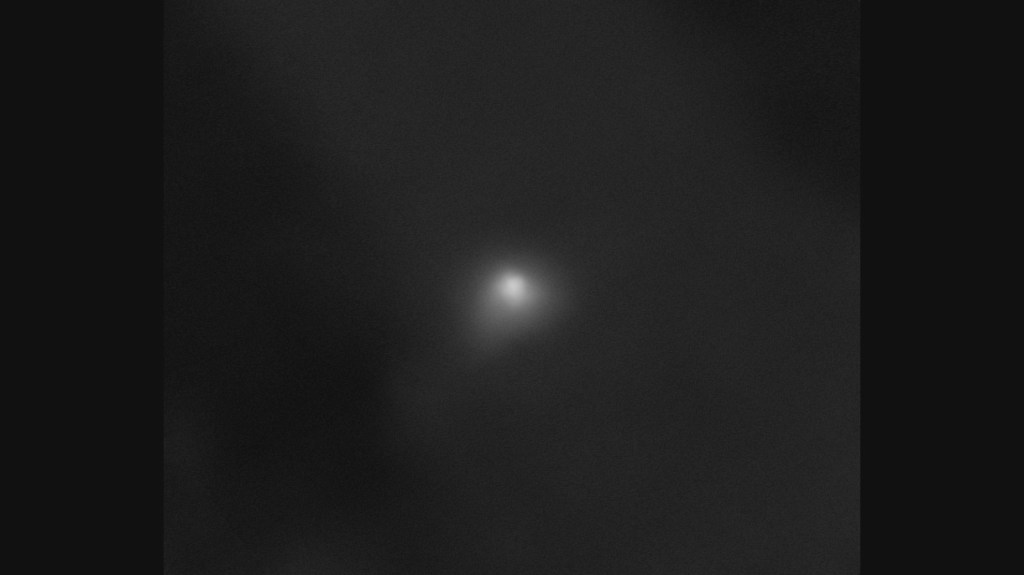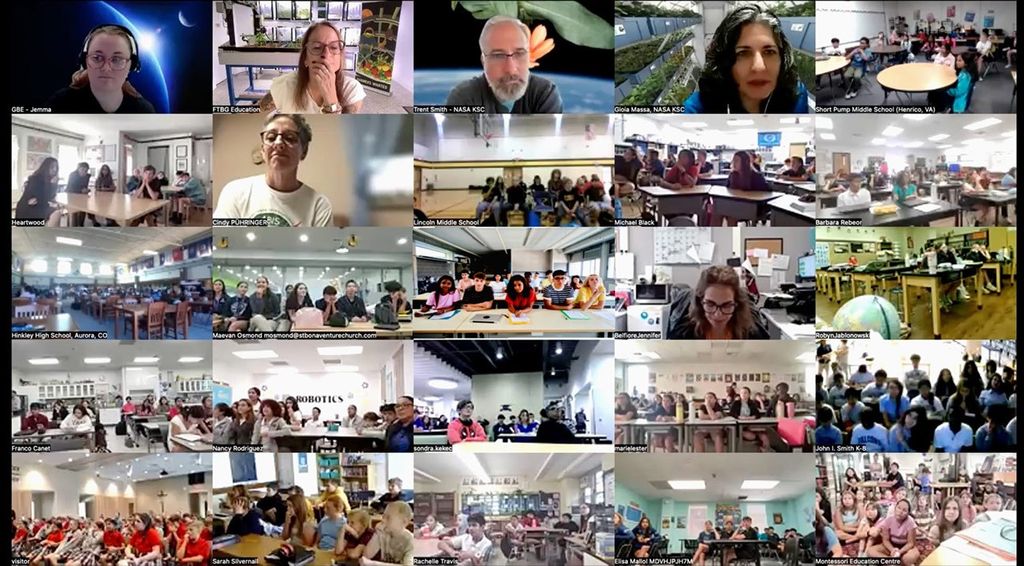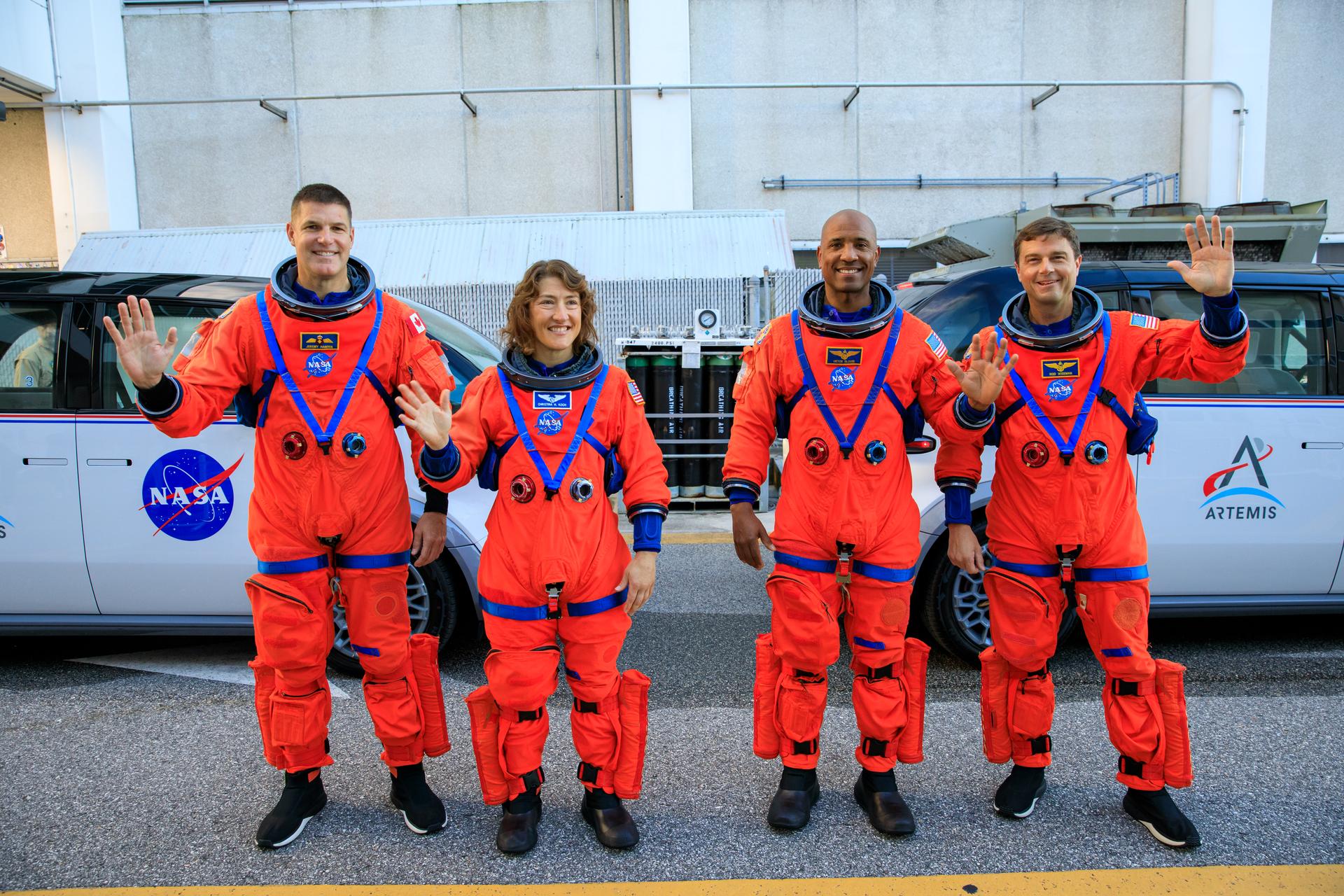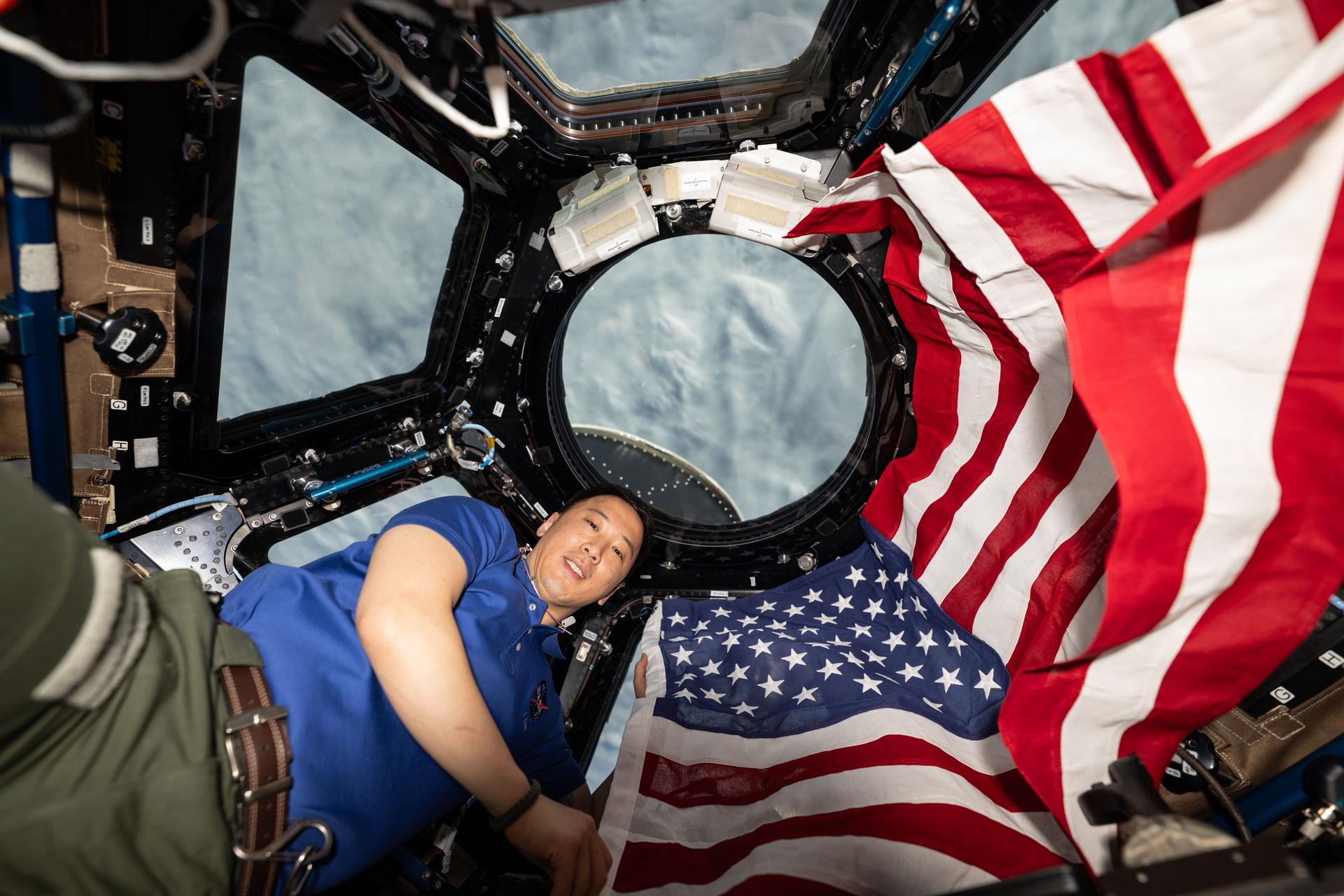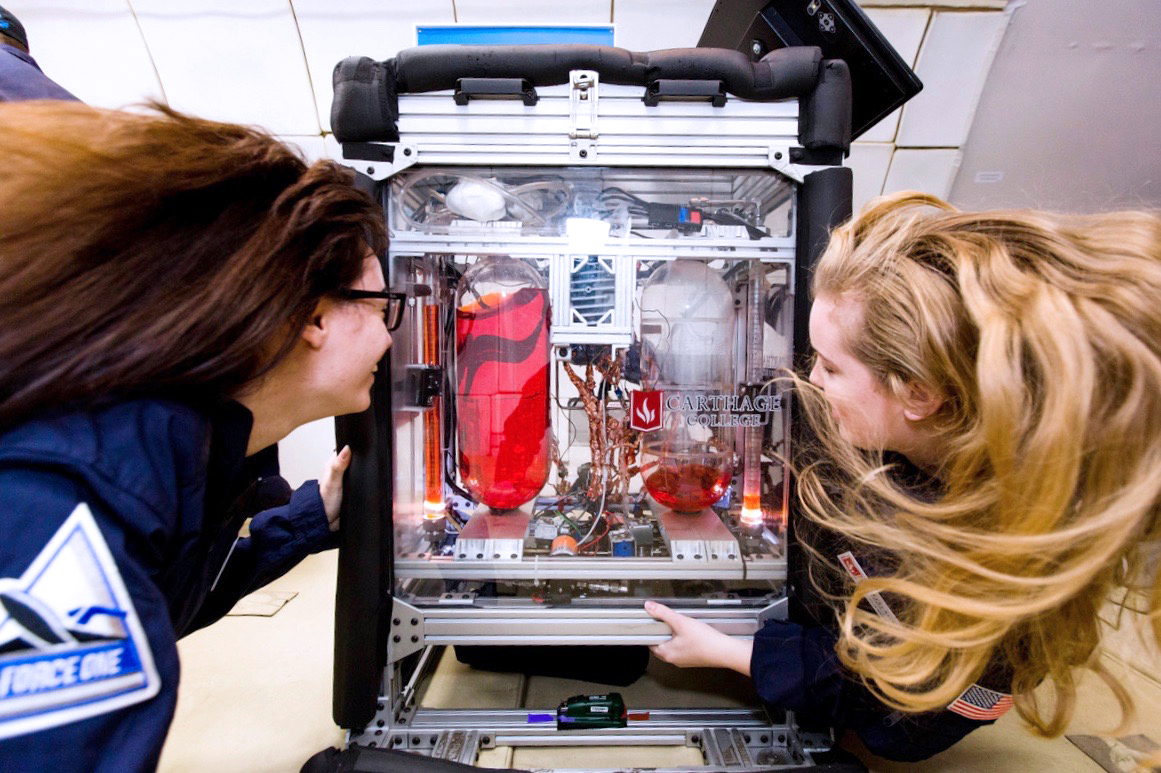NIAC ORIENTATION MEETING POSTERS (for newly funded NIAC Fellows)
Poster Size: The poster size is generally 2 feet x 3 feet (vertical or horizontal format), but instructions may vary by meeting.
Title: One line description clearly describing the research. Include Principal Investigator’s name and other participants, institution, main contact name, phone, email and if appropriate, project website.
Content: Summarize the objective of the research and provide context, key terms and concepts. Please include NIAC logo (downloadable below). Be creative and feel free to include graphics, charts, and graphs if available.
Poster Space: The poster space will be 2 feet x 3 feet (unless instructed otherwise) and posters should be printed on lightweight paper since they will be mounted using thumbtacks. Please do not print on thick foam-core board or other heavy boards. No electrical outlets, tables, or chairs will be provided for poster displays.
NIAC SYMPOSIUM POSTERS (for all NIAC Fellows, or as otherwise instructed, Ph II vs. Ph I, etc.)
Poster Size: The poster size should be 4 feet x 4 feet.
Title: One line description clearly describing the research. Include Principal Investigator’s name and other participants, institution, main contact name, phone, email and if appropriate, project website.
Content: Summarize the objective of the research and provide context, key terms and concepts. Please include NIAC logo (downloadable below). Be creative and feel free to include graphics, charts, and graphs if available.
Poster Space: The poster space will be 4 feet x 4 feet and posters should be printed on lightweight paper since they will be mounted using thumbtacks. Please do not print on thick foam-core board or other heavy boards. Please plan to use only the poster board space since NIAC Fellows will be sharing the poster space. No electrical outlets, tables, or chairs will be provided for poster displays.
Contact: If you require additional information, please contact Kathy Reilly at katherine.reilly@nasa.gov.
NIAC Logo Downloads
NIAC Logo with Black Background
› X-Large
› Large
› Medium
› Small
NIAC Logo with White Background
› X-Large
› Large
› Medium
› Small
NIAC Logo with Transparent Background (Black Logo)
› X-Large
› Large
› Medium
› Small
NIAC Logo with Transparent Background (White Logo)
› X-Large
› Large
› Medium
› Small
NIAC FINAL REPORT: GUIDANCE FOR FELLOWS
- Is there a detailed description of the concept?
- Is there a detailed description of the benefits it offers and why it’s innovative/important?
- Is there one (or more) detailed mission analysis?
- What is the approach used to evaluate the concept?
- Regarding the concept’s technical feasibility, are all technical details described that support the findings?
- What technical challenges remain to be addressed?
- Is your final report formatted for 508 compliance?
- Is there additional information to share- spin offs, publications, outreach, partnerships/collaborations, where could this concept be in 10, 20, or more years, etc.?
A final written technical report at the conclusion of the effort will be the primary outcome of the study. Since only a limited number of Phase I studies will progress to Phase II, the final report should be written in a way that provides a record of the concept for future reference. Proprietary information may be included in a separate appendix that will not be included in the public release. However, this should be a limited addition to the report, and the publicly releasable portion should be adequate to communicate the study findings.
Space Technology Mission Directorate Resources
- The Technology Portfolio System, TechPort, is NASA’s first comprehensive resource for locating information about NASA-funded technology development activities.
- STMD Solicitations
- Small Business Innovation Research/Small Business Technology Transfer
- Game Changing Development
- Flight Opportunities
- Technology Demonstration Missions
- Small Spacecraft Technology Program
Science Mission Directorate Resources
- SMD Solicitations
- SMD New PI Resources, this page provides prospective mission principal investigators with resources that may be useful as they develop their mission concepts, as well as information on developmental opportunities to prepare future mission leaders.
Aerospace Research Mission Directorate Solicitations
Federal and Academic Resource Pages for Technology Development
- DARPA
- Department of Energy
- Department of Commerce
- National Science Foundation
- Department of Defense
- National Laboratories
- U.S. Government Grants
- U.S. Government Solicitations
- Translational Research Institute for Space Health (TRISH)
***This is not an all-inclusive list of resources but rather a starting point. We acknowledge that many Fellows go on to find opportunities at venture capital firms, private and academic partnerships, international partnerships, and even partner with other NIAC Fellows.


